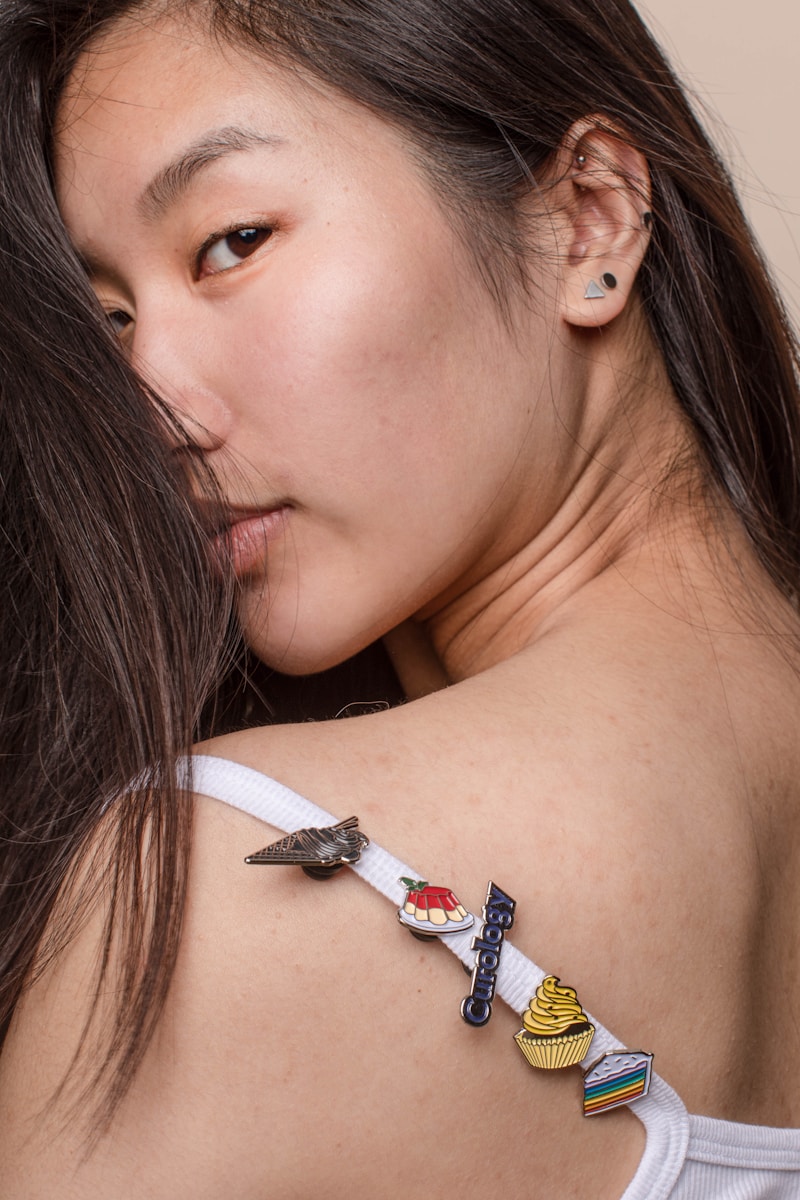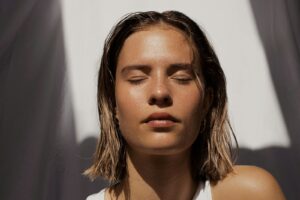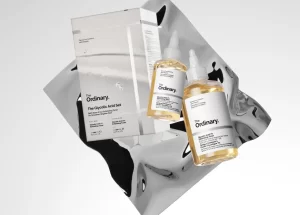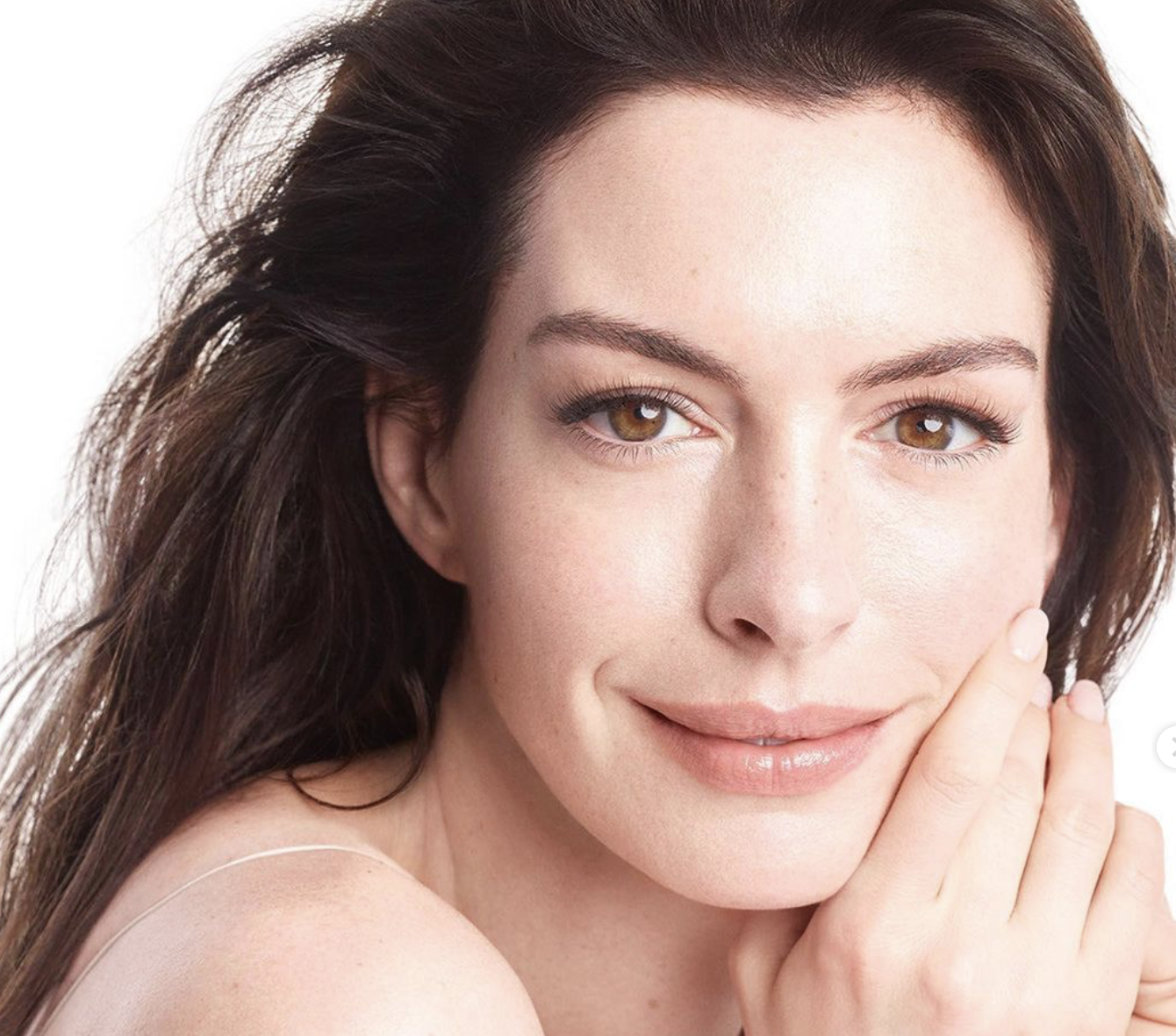Asian skincare, particularly from Japan and Korea, has gained a global reputation for being one of the most advanced, effective, and luxurious routines in the world. Both countries are renowned for their dedication to achieving beautiful, radiant, and youthful skin, often considered the gold standard in skincare.
What makes Japanese and Korean skincare so unique and different? The answer lies in a combination of cultural emphasis on skincare, the use of natural ingredients, meticulous attention to detail in application, and a long tradition of holistic beauty rituals. These countries focus on preventive care rather than fixing problems after they occur, and this philosophy helps maintain beautiful, glowing skin over a lifetime.
Here, we’ll delve into 10 essential tips from Japanese and Korean skincare that you can incorporate into your own routine for glowing, youthful, and healthy skin. Whether it’s understanding key ingredients or learning the techniques of application, these secrets will help you elevate your skincare game to new heights.
1. Double Cleansing: The Foundation of Clean Skin
In both Japan and Korea, cleansing is considered the cornerstone of any skincare routine. The double cleansing method is essential, and it involves using two different cleansers to remove impurities from the skin, ensuring it’s completely clean and ready to absorb the following skincare products.
How It Works:
- First step: Oil-based cleanser – The oil cleanser helps to break down makeup, sunscreen, and excess sebum. The oil works by bonding with the oils on your skin, lifting away impurities without stripping the skin of its natural moisture.
- Second step: Water-based cleanser – After the oil cleanser, a gentle, water-based cleanser is used to remove sweat, dirt, and other water-based impurities, leaving the skin perfectly clean.
This two-step cleansing method ensures that every last bit of dirt and grime is removed without drying out the skin, making it an essential step in both Japanese and Korean skincare. It’s particularly beneficial for those who wear makeup daily or live in polluted environments.
Key Ingredients:
- In Japan, cleansing oils often feature ingredients like rice bran oil and camellia oil, known for their hydrating and nourishing properties.
- In Korea, green tea and jojoba oil are common, both of which help soothe the skin while cleansing.
2. Essence: The Hydration Hero
Essences are a unique feature of Asian skincare, particularly in Korean routines, and they play a crucial role in boosting hydration. Essences are lightweight, watery formulas that deliver a high concentration of active ingredients deep into the skin. They are applied after cleansing and toning and are known for their ability to help the skin retain moisture and boost the effectiveness of the subsequent skincare steps.
Why It’s So Effective:
Essences are packed with hydrating ingredients like hyaluronic acid, glycerin, and plant extracts that penetrate deeply into the skin. This not only preps the skin for other products but also helps with long-term hydration, giving the skin a plumper and more youthful appearance.
Key Ingredients:
- In Japan, essences often contain sake extract, which is rich in amino acids and helps brighten and hydrate the skin.
- Korean essences may feature ingredients like snail mucin and birch sap, known for their healing and hydrating properties.
3. Layering Hydration: Toners and Lotions
In both Japan and Korea, toners are not just an afterthought—they are a key part of the skincare routine. However, unlike the alcohol-heavy toners used in many Western routines, Japanese and Korean toners (also called “lotions” in Japan) are hydrating, soothing, and meant to restore the skin’s pH balance while prepping it for the next steps.
The Key to Layering:
Hydration is layered in multiple, thin applications rather than applying a single heavy moisturizer. After applying a toner or lotion, many people use a “patting” method to help the product absorb. This layering technique helps to build moisture without overwhelming the skin, ensuring that hydration is locked in for a dewy, plump complexion.
Key Ingredients:
- Japanese toners often feature rice water or aloe, which are calming and hydrating, while also being lightweight enough for layering.
- Korean toners frequently include centella asiatica (also known as cica) for its soothing properties, and niacinamide, which brightens and evens skin tone.
4. Exfoliation for Smooth, Bright Skin
Exfoliation is an essential part of Japanese and Korean skincare, but it’s approached with care and gentleness. Over-exfoliation can damage the skin barrier, so the key is to use products that exfoliate without causing irritation.
Two Types of Exfoliation:
- Chemical exfoliants like AHA (alpha hydroxy acids) and BHA (beta hydroxy acids) are popular in both countries, as they gently remove dead skin cells without the harsh scrubbing.
- Physical exfoliants like rice bran powder or enzymatic exfoliants from fruits are used more sparingly and are usually very fine, preventing damage to the skin.
Exfoliation helps to keep the skin smooth, allows better absorption of products, and reveals a brighter complexion. In Japanese culture, exfoliation is often connected to the concept of kaizen—a continuous improvement philosophy, as even the most flawless skin needs regular care to stay glowing.
Key Ingredients:
- In Japan, enzymatic exfoliants derived from fruits like papaya are common, gently dissolving dead skin cells.
- Korean skincare often includes AHA/BHA toners that work overnight to exfoliate the skin gently, revealing a fresh layer of skin the next morning.
5. Moisturize and Lock in Hydration
The importance of hydration cannot be overstated in Asian skincare routines. Both Japanese and Korean skincare stress the importance of lightweight yet deeply hydrating moisturizers that lock in moisture without clogging the pores. These products aim to plump the skin and keep it dewy.
Lightweight but Potent:
In the daytime, lighter gel creams or emulsions are used, especially in humid climates, while at night, richer creams might be applied to help repair and hydrate the skin during sleep. In Japan, creams often contain collagen to plump the skin and prevent aging, while Korean creams may feature ceramides that strengthen the skin barrier.
Key Ingredients:
- Squalane and rice extracts are commonly found in Japanese moisturizers, known for their deep hydration and anti-aging benefits.
- Snail mucin, hyaluronic acid, and beta-glucan are popular in Korean moisturizers, helping to repair damaged skin and provide long-lasting hydration.
6. Sun Protection: The Ultimate Anti-Aging Step
Ask any Japanese or Korean skincare expert about the most important step in a routine, and they will tell you it’s sun protection. Sunscreen is the ultimate anti-aging product, and both countries take sun protection very seriously.
In both Japanese and Korean beauty cultures, sunscreen is worn daily, even on cloudy days or when indoors. The goal is to protect the skin from UVA and UVB rays, which are responsible for wrinkles, hyperpigmentation, and skin cancer. Many sunscreens from Japan and Korea are lightweight, non-greasy, and formulated to be comfortable for daily wear, unlike some heavier Western sunscreens.
Layering Sun Protection:
In addition to sunscreen, both cultures embrace wearing wide-brimmed hats, UV umbrellas, and using sun-protective clothing for extra protection.
Key Ingredients:
- Japanese sunscreens are known for their lightweight, watery formulas. Ingredients like titanium dioxide and zinc oxide are commonly used as physical barriers against the sun.
- Korean sunscreens often include chemical blockers like octinoxate and avobenzone, but are known for their advanced formulations that feel more like moisturizers than traditional sunscreens.
7. Masks and Sheet Masks: Instant Hydration and Brightening
Masks are an integral part of both Japanese and Korean skincare routines, with sheet masks becoming a global sensation thanks to K-beauty. These masks provide an intensive treatment that can target specific skin concerns like dryness, dullness, or breakouts.
Sheet Masks:
Korean skincare is famous for its sheet masks, which are soaked in serums and designed to deliver a powerful dose of hydration, vitamins, and nutrients directly to the skin. Using a sheet mask a few times a week can make a noticeable difference in skin texture and brightness.
Traditional Japanese Masks:
In Japan, skincare masks often focus on brightening and anti-aging. Ingredients like pearl powder, sake, and green teaextracts are popular, with masks being used as part of both morning and evening routines.
Key Ingredients:
- Japanese sheet masks might include pearl powder, known for brightening the complexion, or sake for its fermentation benefits that soften and even out skin tone.
- Korean sheet masks often include ingredients like ginseng, which helps boost circulation, and honey, known for its hydrating and anti-inflammatory properties.
8. Facial Massage: Boosting Circulation and Firmness
Facial massage is an often-overlooked aspect of skincare, but in Japan and Korea, it’s a common part of the routine. Regular facial massage helps to improve blood circulation, reduce puffiness, and encourage lymphatic drainage. This promotes a glowing complexion and helps to reduce the appearance of fine lines.
Japanese Gua Sha:
In Japan, traditional facial massage techniques like Gua Sha (which originated in China) are used to sculpt the face, lift sagging skin, and increase firmness. This method uses a smooth tool, often made of jade or rose quartz, to massage the skin in upward strokes.
Korean “Patting”:
Koreans often employ a “patting” technique, using the fingers to gently tap and press products into the skin. This helps improve absorption and stimulate circulation, leaving the skin looking plump and refreshed.
Key Ingredients:
- Both cultures recommend using face oils or serums during massage, such as camellia oil in Japan or fermented rice water in Korea, which offer hydration and anti-aging benefits.
9. Brightening and Anti-Aging Ingredients: The Natural Powerhouses
Both Japanese and Korean skincare place a strong emphasis on brightening the skin and preventing the signs of aging. Instead of relying solely on synthetic chemicals, these skincare routines are packed with natural ingredients that have been used for centuries for their skin-enhancing properties.
Japanese Ingredients:
- Rice bran is a staple in Japanese beauty products, rich in vitamins and minerals that help to exfoliate, hydrate, and brighten the skin.
- Green tea extract is known for its anti-inflammatory and antioxidant properties, helping to fight free radicals and calm irritated skin.
Korean Ingredients:
- Ginseng is a powerful anti-aging ingredient in Korean skincare, improving circulation and providing a youthful glow.
- Licorice root is used for its brightening properties, reducing hyperpigmentation and evening out skin tone.
10. Consistency is Key: Skincare as a Lifestyle
Finally, one of the most important aspects of both Japanese and Korean skincare is the idea that skincare is not just a routine—it’s a lifestyle. Consistency is crucial. Both cultures emphasize starting skincare at a young age and making it a daily habit. Taking time for yourself, treating your skin with care, and using products tailored to your skin’s needs are the keys to achieving that flawless complexion over the long term.
Skincare isn’t just something you do once in a while; it’s part of daily self-care. This mindset, combined with effective products and methods, leads to healthier, more radiant skin over time.
Achieving Flawless Skin the Asian Way
The beauty of Japanese and Korean skincare lies in its simplicity, dedication, and effectiveness. It’s a ritual that focuses on hydration, sun protection, natural ingredients, and consistency. By incorporating the best practices from both cultures—such as double cleansing, layering hydration, using sheet masks, and applying sun protection daily—you can transform your skincare routine into one that not only improves your skin’s health but also brings a sense of peace and self-care.
So, if you’re ready to achieve that glowing, dewy skin that seems effortlessly perfect, take a page out of the Japanese and Korean skincare playbook. After all, the secret to flawless skin isn’t in doing more—it’s in doing it right.







